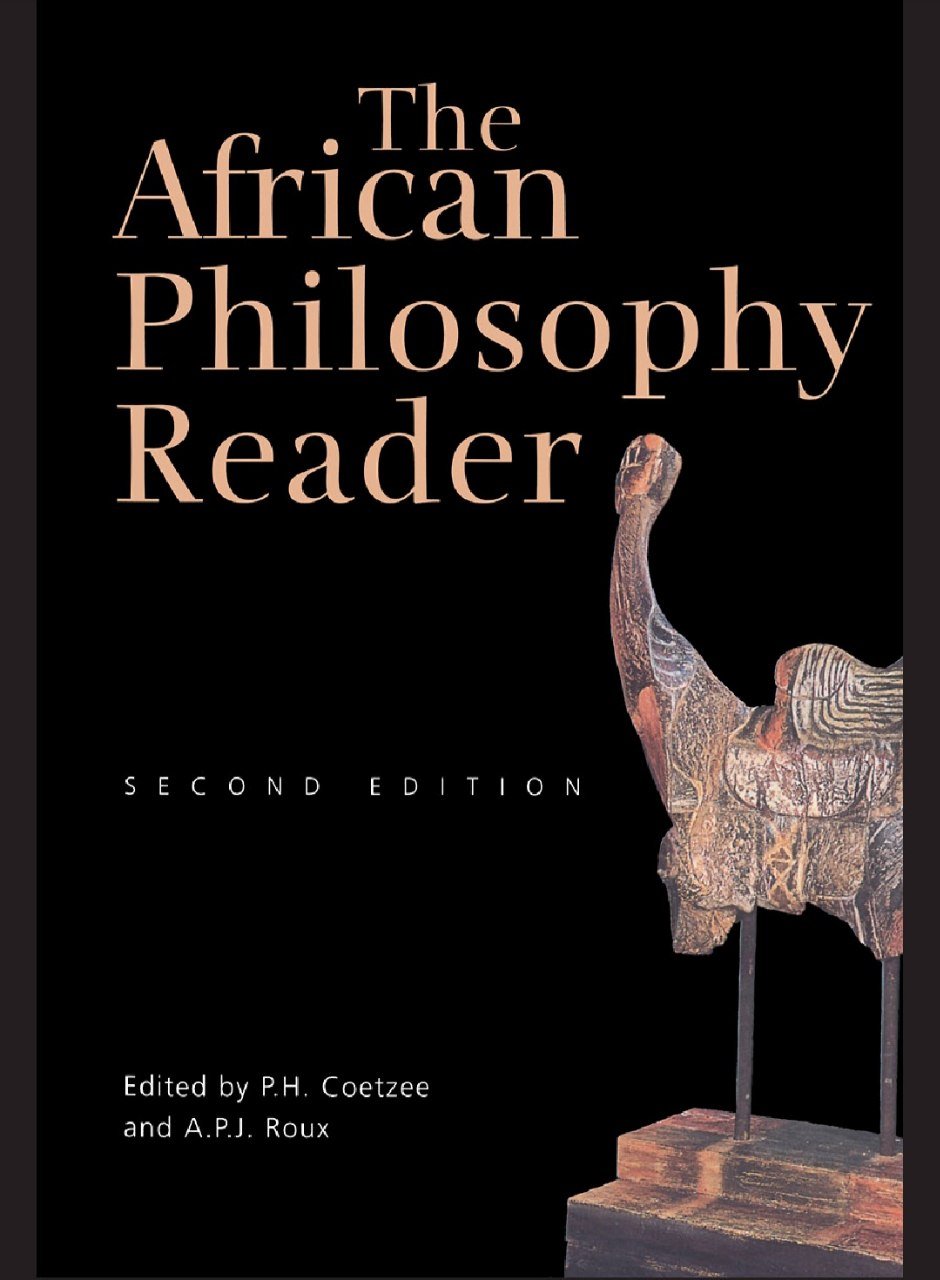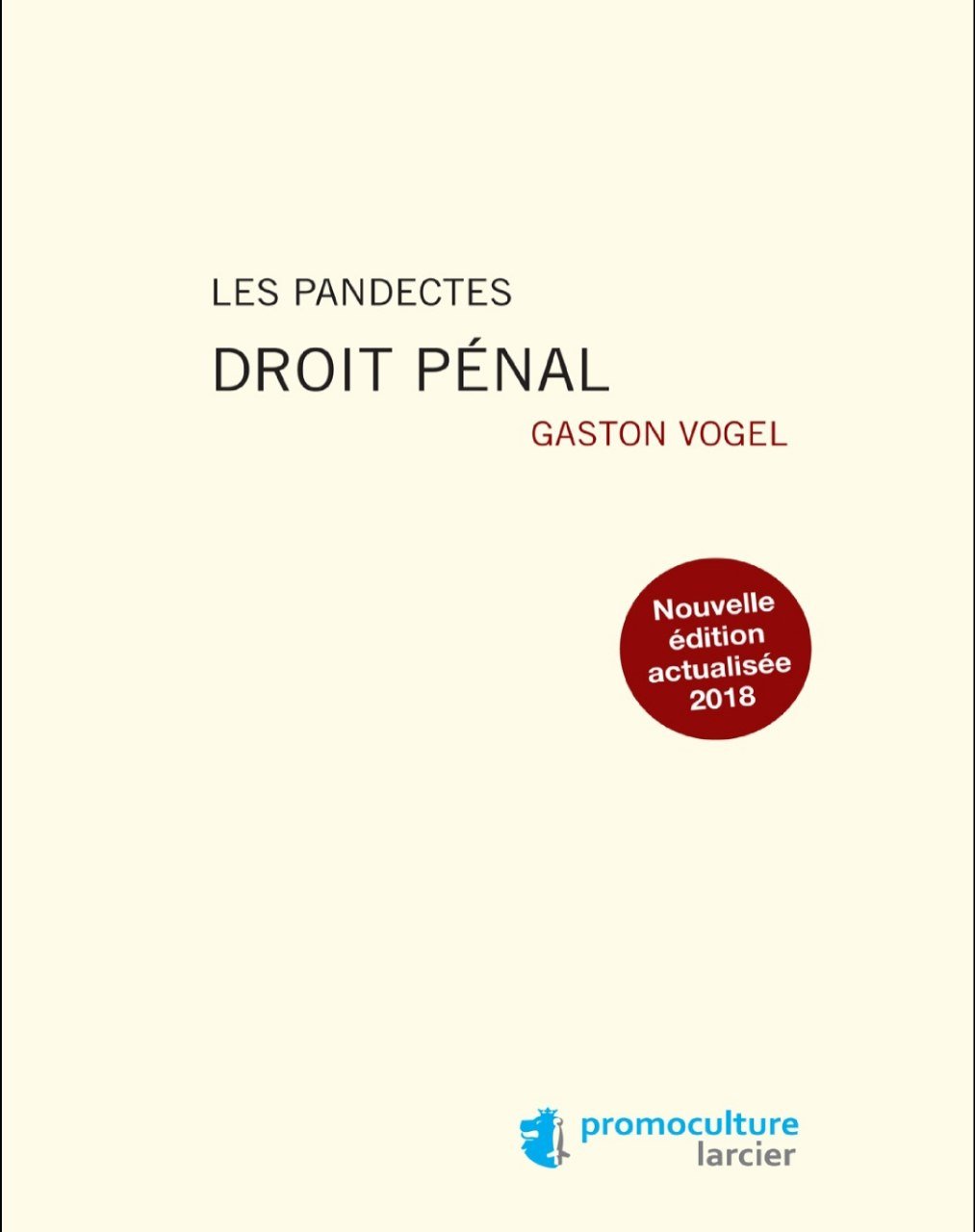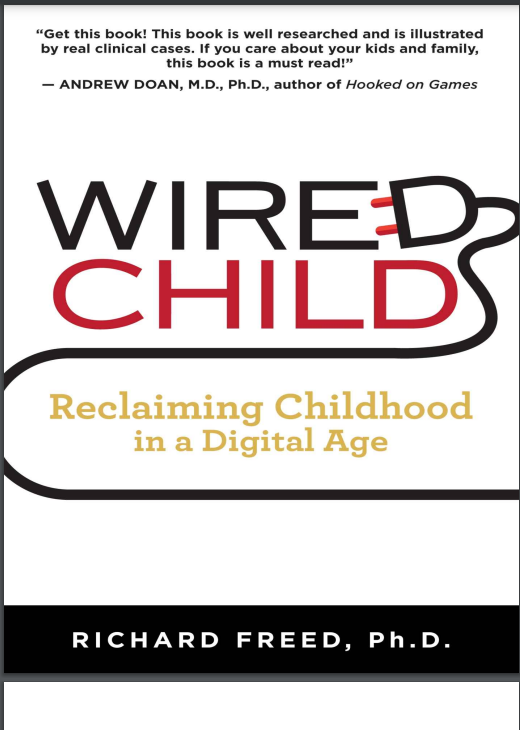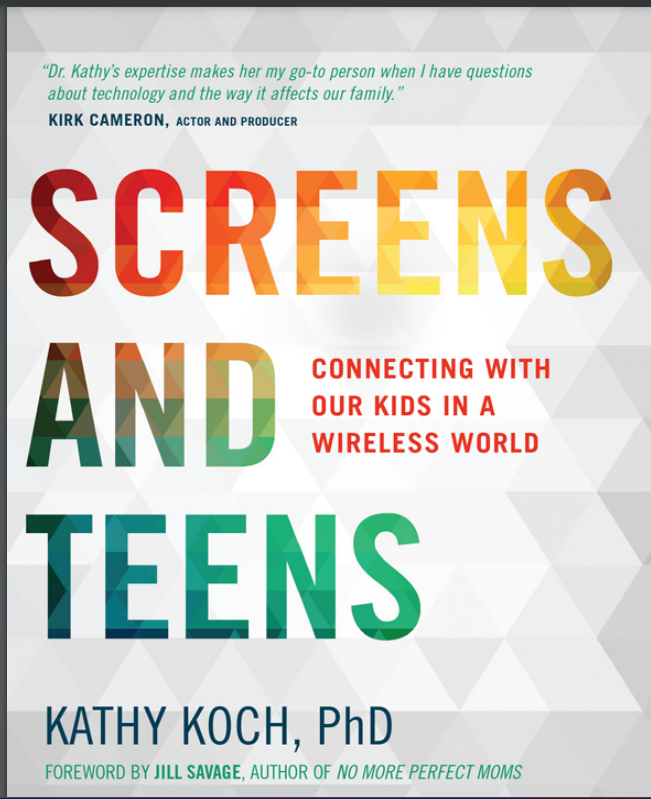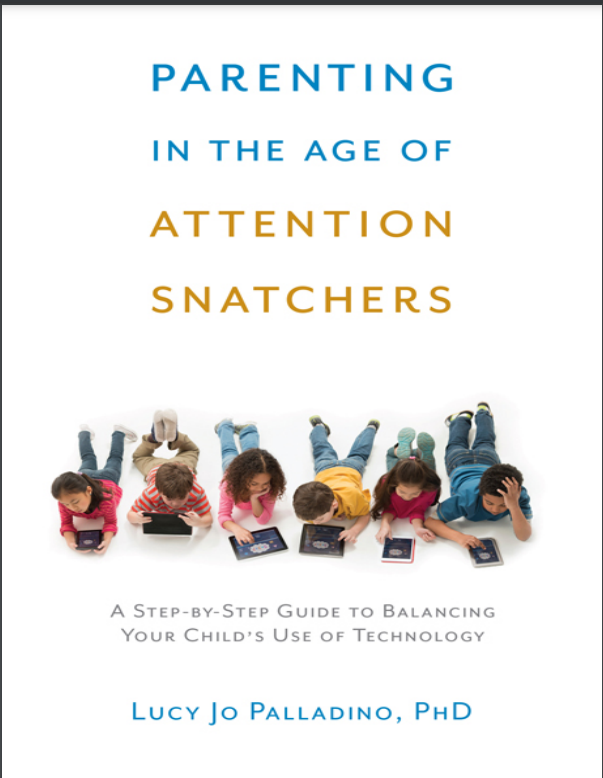

Neocybernetics and Narrative by Bruce Clarke
Reviews
No review yet. Be the first to review this book!
Description
Neocybernetics and Narrative by Bruce Clarke is a compelling exploration of how the principles of cybernetics—the study of systems, feedback loops, and self-regulation—can be applied to the analysis of narrative structures. Clarke combines insights from cybernetics with literary theory to argue that narratives themselves function like complex systems, with interconnected elements that continuously influence one another. Drawing from the intellectual traditions of cybernetics, systems theory, and narrative studies, he introduces the concept of "neocybernetics" to suggest a new way of understanding the dynamics of storytelling. Clarke contends that narratives, much like cybernetic systems, are inherently self-organizing and feedback-driven, meaning that the story's elements (characters, events, symbols) interact in ways that drive the plot forward and shape the thematic content. In this framework, narratives are not simply linear sequences of events but dynamic, evolving systems in which meaning emerges from the interactions of smaller components. He looks at how different types of narratives, whether in literature, film, or other media, can be analyzed through the lens of cybernetic principles, where each narrative moment contributes to the larger whole in a way that is both structured and fluid. One of the key themes in the book is the relationship between control and autonomy within narratives. Just as cybernetic systems rely on feedback loops to regulate their behavior, so too do narratives use internal feedback to manage character development, plot twists, and thematic resolution. Clarke examines how certain stories exemplify this kind of self-regulation and how others might challenge or disrupt traditional narrative forms, much like non-linear cybernetic systems might deviate from predictable patterns. Neocybernetics and Narrative provides a novel interdisciplinary approach to understanding the mechanics of storytelling, offering new tools for both critics and creators of narrative art. By applying cybernetic principles to the analysis of narrative structures, Clarke opens up new possibilities for reading and creating stories in ways that engage with the complexity and interactivity of modern media. The book is a valuable resource for anyone interested in the intersection of technology, theory, and narrative.

























.jpg)


.jpeg)
.jpg)


.jpeg)

.jpg)


.jpeg)






.jpg)






.jpg)
.png)





.jpg)

.jpeg)


.jpg)
.jpeg)

.jpg)




































